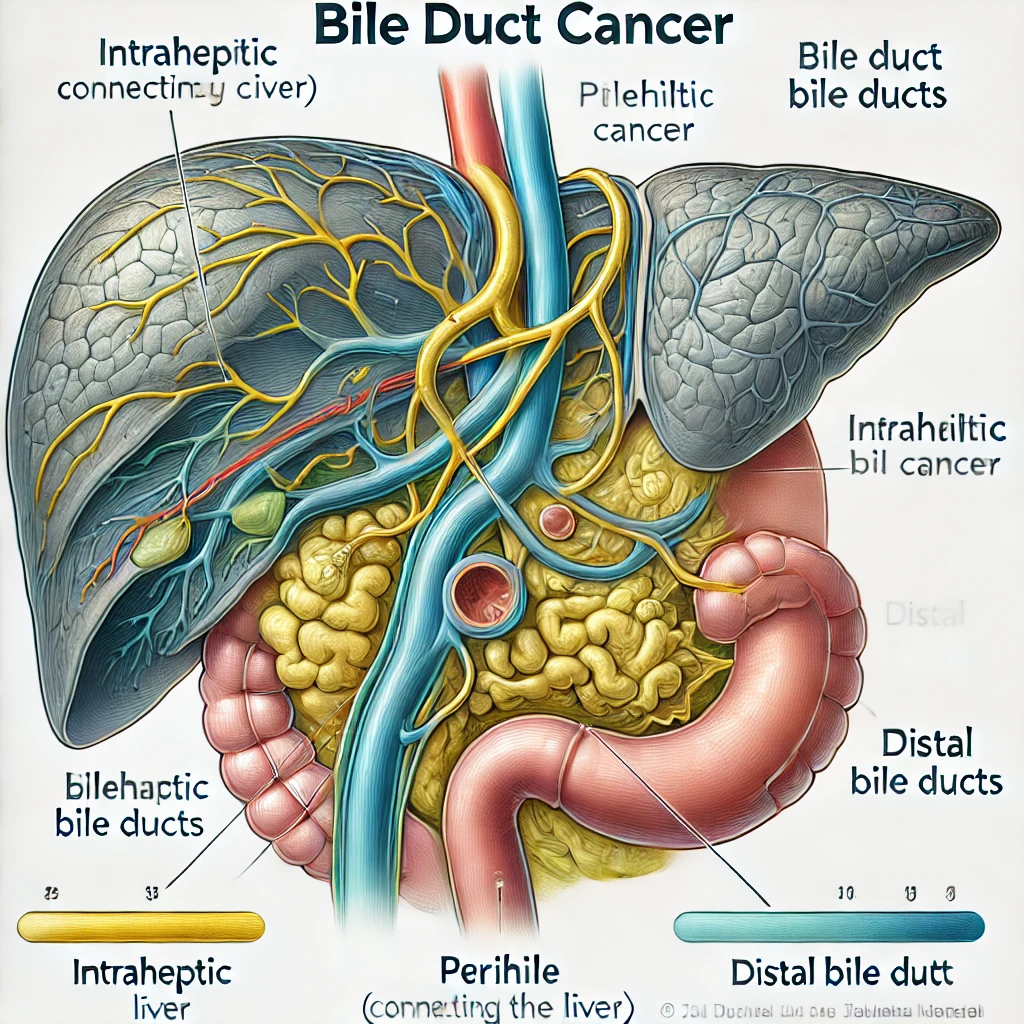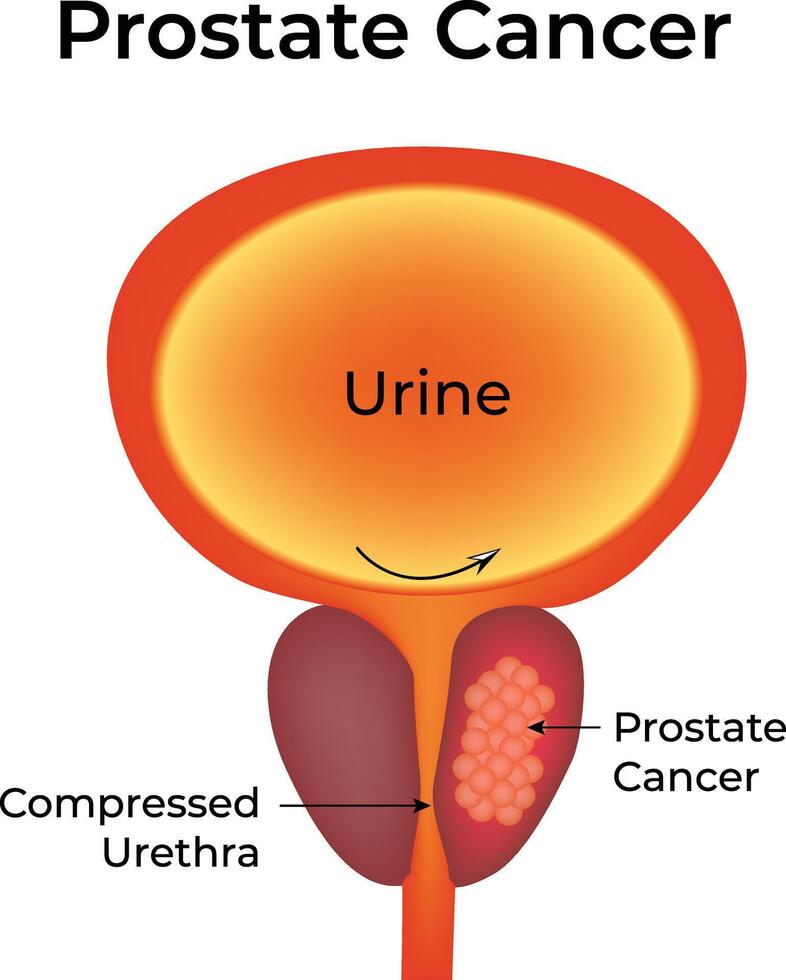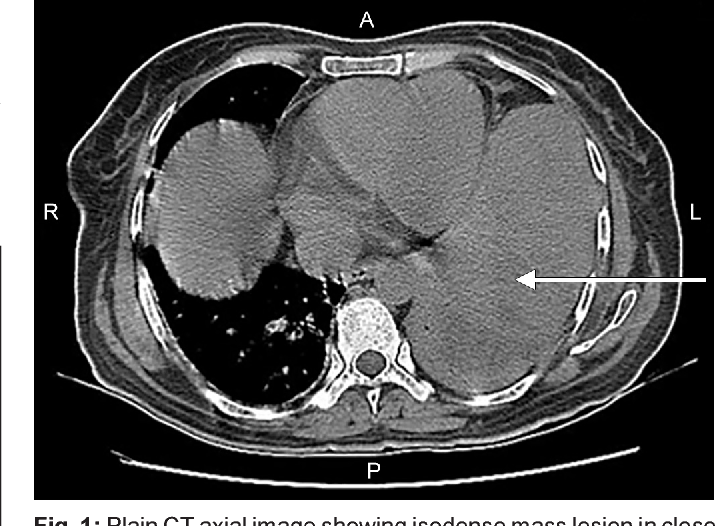Vision Loss in Pediatric Retinoblastoma
Vision Loss in Pediatric Retinoblastoma: Causes, Detection, and Prognosis
- Why Children with Retinoblastoma May Lose Vision
- How Retinoblastoma Affects the Eye and Vision Mechanism
- How Common Is Vision Loss in Pediatric Retinoblastoma Patients?
- Causes of Vision Loss: Tumor and Treatment Factors
- When to Be Alarmed: Signs That Require Immediate Medical Attention
- How Doctors Diagnose Vision Loss and Retinoblastoma Progression
- What Treatments May Help Preserve or Restore Vision?
- Can Vision Loss from Retinoblastoma Be Prevented?
- Will the Child’s Vision Recover After Treatment?
- What Doctors Say About Managing Retinoblastoma and Vision Loss
- Questions to Ask Your Doctor
- FAQ: Vision Loss in Pediatric Retinoblastoma
Why Children with Retinoblastoma May Lose Vision
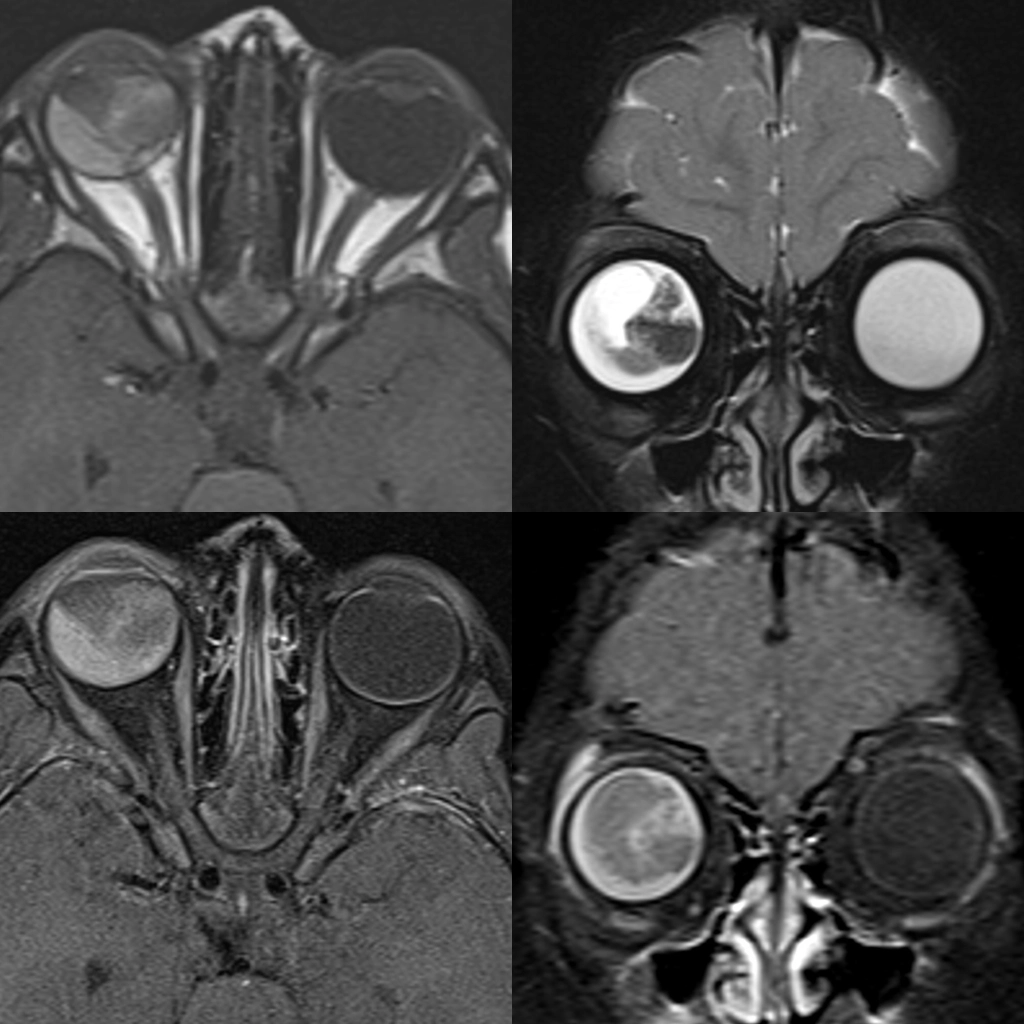
Vision loss in children with retinoblastoma is one of the most serious complications of this rare eye cancer. Retinoblastoma affects the retina—the part of the eye responsible for sensing light and sending signals to the brain—and is typically diagnosed before the age of five. When tumor growth interferes with the retina’s function, or when treatment affects surrounding structures, vision can become impaired or be lost entirely.
In some children, vision loss is the first noticeable sign that something is wrong. Parents may observe a white reflection in the pupil (leukocoria), eye misalignment (strabismus), or poor visual tracking. These are hallmark symptoms cancer can produce in the eye, especially when tumors are located near the macula or optic nerve.
Although retinoblastoma is highly treatable when detected early, the impact on vision depends heavily on the size, location, and laterality (one or both eyes) of the tumor. Early detection and careful treatment planning are essential to preserving sight whenever possible.
How Retinoblastoma Affects the Eye and Vision Mechanism
The retina is a delicate, multilayered tissue lining the back of the eye. It transforms light into neural signals for the brain to process. In retinoblastoma, mutated retinal cells proliferate uncontrollably, forming tumors that distort or damage this vital layer.
When tumors develop near the central retina (macula), they can interfere with sharp, detailed vision. If the optic nerve becomes compressed or invaded, signal transmission to the brain is disrupted. Intraocular pressure may also rise, leading to glaucoma and additional damage.
Some treatments, while life-saving, can also impair vision. For example, external beam radiation or enucleation (surgical eye removal) may be necessary when the tumor threatens life or cannot be controlled by conservative methods. Though effective at halting cancer progression, these approaches often come at the cost of sight.
In certain pediatric cases, bilateral retinoblastoma results in visual compromise in both eyes, requiring a coordinated approach with ophthalmologists, oncologists, and low-vision specialists.
How Common Is Vision Loss in Pediatric Retinoblastoma Patients?
Vision loss is not inevitable in retinoblastoma, but it is a common and serious concern. Data varies depending on the stage at diagnosis and treatment availability. With early intervention and advanced therapy, many children retain partial or full vision, especially when tumors are small and localized.
Prevalence of Visual Outcomes in Retinoblastoma
| Clinical Scenario | Estimated Visual Outcome |
| Unilateral, early-stage tumor | Vision preserved in most cases |
| Bilateral disease with central involvement | Moderate to severe vision loss in at least one eye |
| Advanced intraocular tumor (Group D or E) | High risk of significant vision loss or enucleation |
| Extraocular extension | Vision almost always lost in affected eye |
In regions with robust healthcare infrastructure, survival rates exceed 95%, but functional vision preservation still varies widely. In contrast, delayed diagnosis in low-resource settings often results in both poor vision and higher mortality.
Causes of Vision Loss: Tumor and Treatment Factors
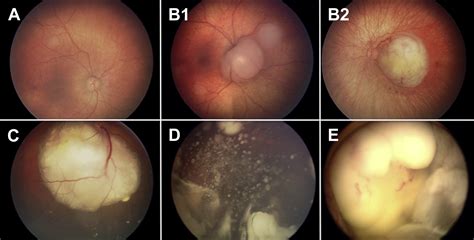
Vision loss in retinoblastoma stems from both the tumor itself and the methods used to treat it. Multiple factors interact to determine the extent and reversibility of visual impairment.
Overview of Vision Loss Causes in Retinoblastoma
| Factor Type | Mechanism of Vision Loss |
| Tumor-Related | Macular involvement, optic nerve invasion, retinal detachment |
| Treatment-Related | Enucleation, radiation damage, chemotherapy toxicity to retina |
| Surgical Complications | Intraoperative injury or inflammation |
| Secondary Conditions | Glaucoma, cataracts, or retinal scarring post-treatment |
Retinal detachment, for example, is a frequent complication of large tumors or aggressive therapies, and often leads to permanent vision reduction. In bilateral cases, visual development may also be delayed due to lack of visual stimuli—affecting cognitive and motor development in pediatric patients.
When to Be Alarmed: Signs That Require Immediate Medical Attention
In young children, early symptoms of vision loss are often subtle and overlooked. However, timely recognition of certain red flags can make the difference between preserving sight and irreversible damage.
Parents should seek urgent medical evaluation if they notice a white reflection in the eye (particularly in photographs), eye misalignment, persistent redness, or sensitivity to light. In some cases, the child may avoid using one eye, bump into objects on one side, or struggle with visual tasks appropriate for their age.
Children with known retinoblastoma should also be monitored closely for signs of recurrence, such as a sudden decrease in visual engagement, increased intraocular pressure, or signs of retinal detachment. These symptoms may indicate progression or secondary complications like glaucoma or optic nerve invasion.
The presence of neurological signs—such as vomiting, behavioral changes, or bulging of the eye—requires urgent imaging to rule out extraocular extension or intracranial involvement. Such scenarios elevate the risk of permanent blindness and threaten life, demanding prompt intervention from both ophthalmologists and cancer specialists.
How Doctors Diagnose Vision Loss and Retinoblastoma Progression
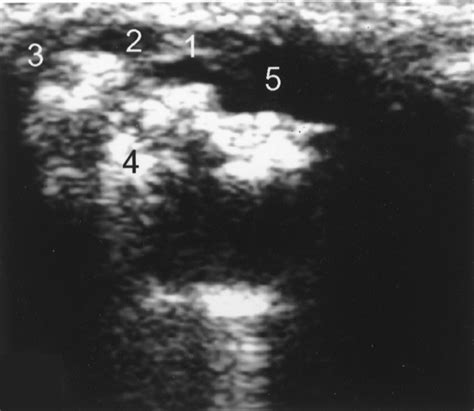
Diagnosing the cause and extent of vision loss in retinoblastoma involves both ophthalmic and systemic evaluations. In children, this typically requires sedation or anesthesia to ensure a thorough examination of intraocular structures.
Diagnostic Methods in Pediatric Retinoblastoma
| Diagnostic Method | Purpose |
| Indirect Ophthalmoscopy under Anesthesia | Visualizes tumor size, location, and retinal health |
| Ocular Ultrasound | Detects calcification, retinal detachment, tumor dimensions |
| MRI of Orbits and Brain | Evaluates optic nerve involvement and extraocular spread |
| Visual Evoked Potentials (VEP) | Assesses visual pathway function |
| Electroretinography (ERG) | Measures retinal electrical activity to predict visual potential |
| Genetic Testing (RB1 Mutation) | Confirms diagnosis, evaluates hereditary risk |
Imaging of the brain and orbit using MRI is crucial when optic nerve involvement or central nervous system extension is suspected. ERG results are also key in planning eye-sparing treatments; a low signal may indicate poor visual prognosis even with tumor control.
Early and repeated evaluation is essential to track visual development, especially in bilateral disease where treatment must be balanced between preserving life and maintaining functional vision.
What Treatments May Help Preserve or Restore Vision?
The management of vision loss in pediatric retinoblastoma focuses on tumor control while minimizing damage to the visual system. With advances in localized therapy and eye-sparing approaches, many children now retain usable vision in at least one eye.
Treatment Approaches to Preserve Visual Function
| Treatment Type | Application and Visual Impact |
| Systemic Chemotherapy | Shrinks tumors before focal therapy; less toxic to retina than radiation |
| Intra-arterial Chemotherapy (IAC) | Direct drug delivery to eye vessels; spares healthy retina |
| Laser Photocoagulation / Cryotherapy | Destroys small tumors while preserving surrounding retina |
| Plaque Brachytherapy | Targets localized tumors with radiation implants |
| Enucleation | Removes eye when tumor threatens life; used only when necessary |
| Rehabilitation and Low Vision Therapy | Supports visual development in partially sighted children |
IAC has revolutionized treatment by delivering chemotherapy directly to the eye, significantly reducing systemic exposure and enhancing the chance of visual preservation. Laser and cryotherapy are ideal for small, peripherally located tumors that don’t involve the macula.
However, in eyes with large tumors or severe retinal detachment, enucleation remains the safest option. In these cases, early referral for visual rehabilitation helps maximize developmental outcomes.
Can Vision Loss from Retinoblastoma Be Prevented?
Prevention depends heavily on early detection and timely intervention. When retinoblastoma is diagnosed early—especially before it involves central vision structures—the chances of preserving useful sight are much higher.
In hereditary cases, children with a family history of retinoblastoma can be screened shortly after birth using retinal imaging and genetic testing. These proactive steps allow for tumor detection at its smallest, most treatable stages.
Preventive Strategies in Pediatric Retinoblastoma
| Preventive Action | Benefit |
| Early screening in at-risk infants | Enables pre-symptomatic tumor detection |
| Regular fundus exams in young children | Catches subtle changes before symptoms arise |
| Genetic counseling for affected families | Identifies need for early screening |
| Advanced imaging (ERG, VEP) | Detects early signs of vision decline |
| Prompt initiation of conservative therapy | Preserves retinal structure and function |
Public awareness campaigns and pediatric training programs are essential, particularly in low-resource settings, where delayed diagnosis remains a major cause of preventable blindness. Families of known carriers should be educated on symptoms cancer may present in the eye.
Will the Child’s Vision Recover After Treatment?
The potential for visual recovery after treatment for retinoblastoma depends on the location and extent of the tumor, the treatments used, and whether complications like retinal detachment or optic nerve damage occurred. In cases where the tumor was small, peripheral, and treated early with eye-sparing methods, partial or even near-normal vision may return.
However, tumors that involve the macula or compress the optic nerve often result in permanent visual impairment. Even when the tumor is completely eradicated, scarring or loss of photoreceptor cells in the retina may limit recovery.
Prognosis for Vision Recovery
| Clinical Scenario | Expected Visual Outcome |
| Peripheral tumor, no retinal detachment | Likely partial to full recovery |
| Macular tumor treated conservatively | Partial vision with central blur |
| Optic nerve involvement | Severe loss; often irreversible |
| Bilateral tumors with early detection | Useful vision preserved in at least one eye |
| Post-enucleation with one healthy eye | Normal vision possible with adaptation |
While full recovery may not always be possible, early intervention with low-vision aids, vision therapy, and consistent follow-up can help the child develop effective visual strategies and minimize functional limitations in daily life.
What Doctors Say About Managing Retinoblastoma and Vision Loss
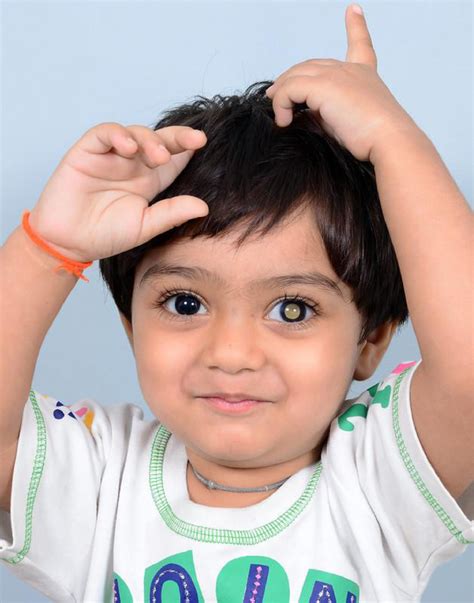
Pediatric oncologists and ocular oncologists stress that vision loss in retinoblastoma is both preventable and manageable—with early intervention being the most decisive factor. Experts emphasize that treatment decisions should balance cancer control and sight preservation, particularly in bilateral cases.
Ophthalmologists highlight that even when one eye must be enucleated, maintaining vision in the other eye allows for normal development. They also encourage early referral to low-vision specialists when visual impairment is detected, as this greatly improves the child’s developmental trajectory.
Multidisciplinary collaboration between pediatric oncologists, ophthalmic surgeons, genetic counselors, and vision therapists is considered the gold standard. This ensures that every aspect—from life-saving treatment to developmental support—is addressed.
Many specialists advocate for public awareness to encourage earlier diagnosis. They also recommend that siblings and offspring of affected patients receive genetic screening, even in the absence of symptoms.
Questions to Ask Your Doctor
When facing a diagnosis of pediatric retinoblastoma, parents often feel overwhelmed. Knowing what to ask helps build clarity and confidence in the treatment journey. Below are questions that support comprehensive, informed care:
| Questions to Discuss with Your Doctor | Purpose |
| What part of the eye is affected by the tumor? | Understand potential for vision loss |
| Is the tumor in one eye or both? | Determines treatment strategy |
| How will treatment affect my child’s vision? | Weighs benefits and risks of each option |
| Can the tumor be treated without removing the eye? | Explores eye-sparing alternatives |
| What is the chance of preserving functional vision? | Sets realistic expectations |
| Are other parts of the nervous system involved? | Evaluates cancer spread |
| Will my child need glasses or vision aids? | Plans for rehabilitation support |
| Should we see a low-vision specialist? | Enhances developmental outcomes |
| Is there a risk of future tumors in the eye? | Guides follow-up frequency |
| Could this be a genetic condition? | Determines hereditary risk |
| Should siblings or future children be tested? | Supports family-wide screening |
| How do we monitor for recurrence or complications? | Clarifies follow-up care |
| Are there treatments available if vision worsens later? | Assesses ongoing management |
| Can my child live a normal life with vision loss? | Encourages practical planning |
| Where can we get emotional and developmental support? | Supports family coping and adaptation |
FAQ: Vision Loss in Pediatric Retinoblastoma
1. Can a child lose vision in one eye and still develop normally?
Yes. Children are highly adaptive. With proper therapy and vision support, many lead full lives with one functioning eye.
2. Is vision loss always permanent in retinoblastoma?
Not always. If detected and treated early, vision may be preserved or partially recover, especially when the tumor spares the central retina.
3. What’s the earliest sign of vision problems in infants with retinoblastoma?
A white glow in the pupil (leukocoria), lack of eye contact, or misaligned eyes are key early indicators.
4. Will my child need a prosthetic eye after enucleation?
Yes, a custom-fitted prosthesis is typically provided 6–8 weeks after surgery to ensure a normal cosmetic appearance.
5. Can laser treatment affect future vision?
Laser therapy targets tumors and generally avoids damaging healthy retinal areas, making it a good option for preserving vision.
6. What is the role of chemotherapy in preserving eyesight?
Chemotherapy helps shrink tumors before applying focal treatments and is often used in bilateral disease to preserve at least one eye.
7. Does radiation always cause vision loss?
Radiation can damage growing ocular tissues, particularly in infants, so it’s used cautiously and usually as a last resort.
8. What’s the difference in outcome between unilateral and bilateral retinoblastoma?
Unilateral cases usually preserve good vision in the healthy eye. Bilateral cases require more complex balancing of treatment and vision goals.
9. Can retinoblastoma come back after treatment?
Yes. Ongoing surveillance is vital, particularly in genetic forms, where new tumors can arise for several years.
10. Will my child be blind if both eyes are removed?
Yes, but early rehabilitation and assistive technologies can support high levels of function and independence.
11. Can my child attend normal school with vision loss?
Absolutely. With appropriate support services, children with partial or full vision loss thrive in mainstream educational settings.
12. Are there vision prosthetics that actually restore sight?
Not currently for this condition, but low-vision aids and future innovations may improve functionality.
13. How does vision loss affect development?
Early visual input shapes motor and cognitive skills, so children with vision loss need targeted support to meet developmental milestones.
14. Should we limit screen time or activity post-treatment?
No major restrictions are needed, though care should be taken in cases of reduced depth perception or light sensitivity.
15. What support exists for families?
Many hospitals offer psychosocial support, visual rehab programs, and access to pediatric cancer care networks that include parent mentoring and counseling.
